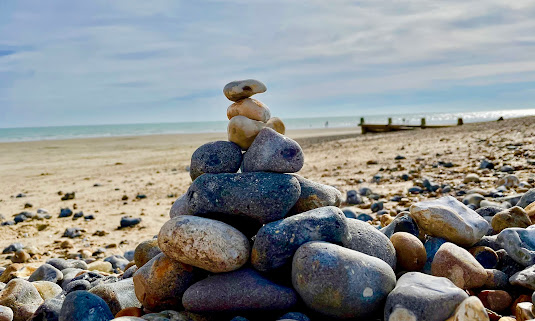"The pearl is the oyster’s autobiography"
- Rise in water temperature affects the natural ecosystem of the oysters which results in reduction of their food sources. Studies reveal that water temperatures greater than 30°C and low salinities reduce the oyster growth.
- Eutrophication is an environmental risk to oysters. The water becomes green with the minerals and nutrients which promote the excessive growth of algae and plants.
- Burning excessive fossil fuels makes the sea water more acidic. Crustaceans such as crabs, oysters and lobsters have shells made of calcium carbonate which is vulnerable to damage in acidic water.
- Rising sea levels make it difficult for coral reefs, sea grasses and oysters to survive that generally live in shallower waters.
Pearl farmers protect the environment around them by ensuring that pollutants do not contaminate the farm waters. Their efforts result in creating areas of natural beauty and biodiversity.
A tryst with nature #pearls #environment #climatechange
This post is part of Blogchatter's CauseAChatter








